Affiliate links on Android Authority may earn us a commission. Learn more.
Fitbit Charge 7 wishlist: All the features I want to see
January 22, 2025
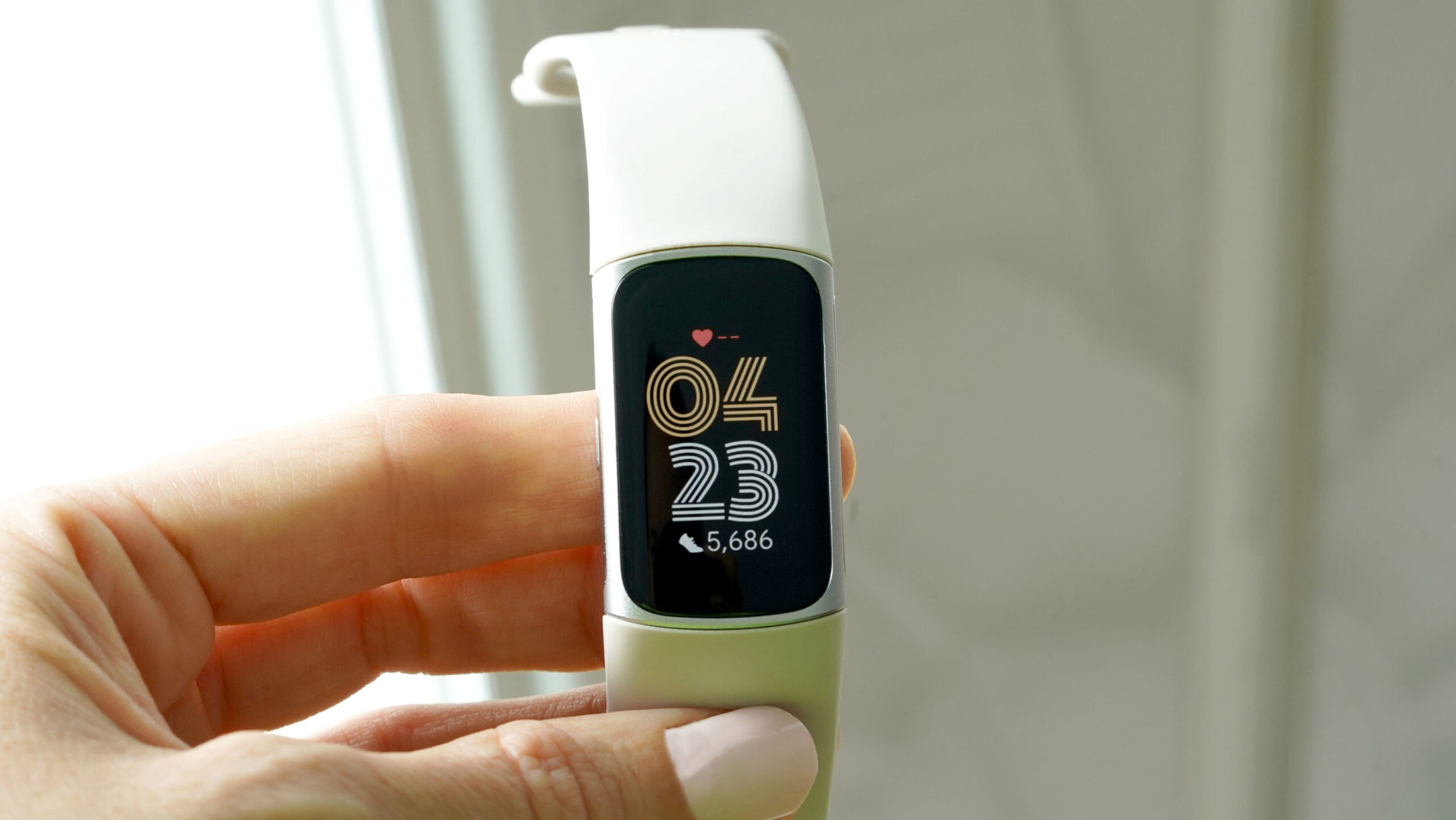
Fitbit’s Charge series remains one of the company’s most popular lineups. Each fitness tracker offers shoppers a broad feature set and a petite form factor, minimizing display space in favor of a slim design and better battery life. Though I found a lot to like about the Fitbit Charge 6, there is also plenty of room for improvement. Assuming Fitbit will continue to support the lineup, I’ve brainstormed everything I’d hope to see on a Fitbit Charge 7 and everything we know so far about the potential device.
More reliable GPS accuracy
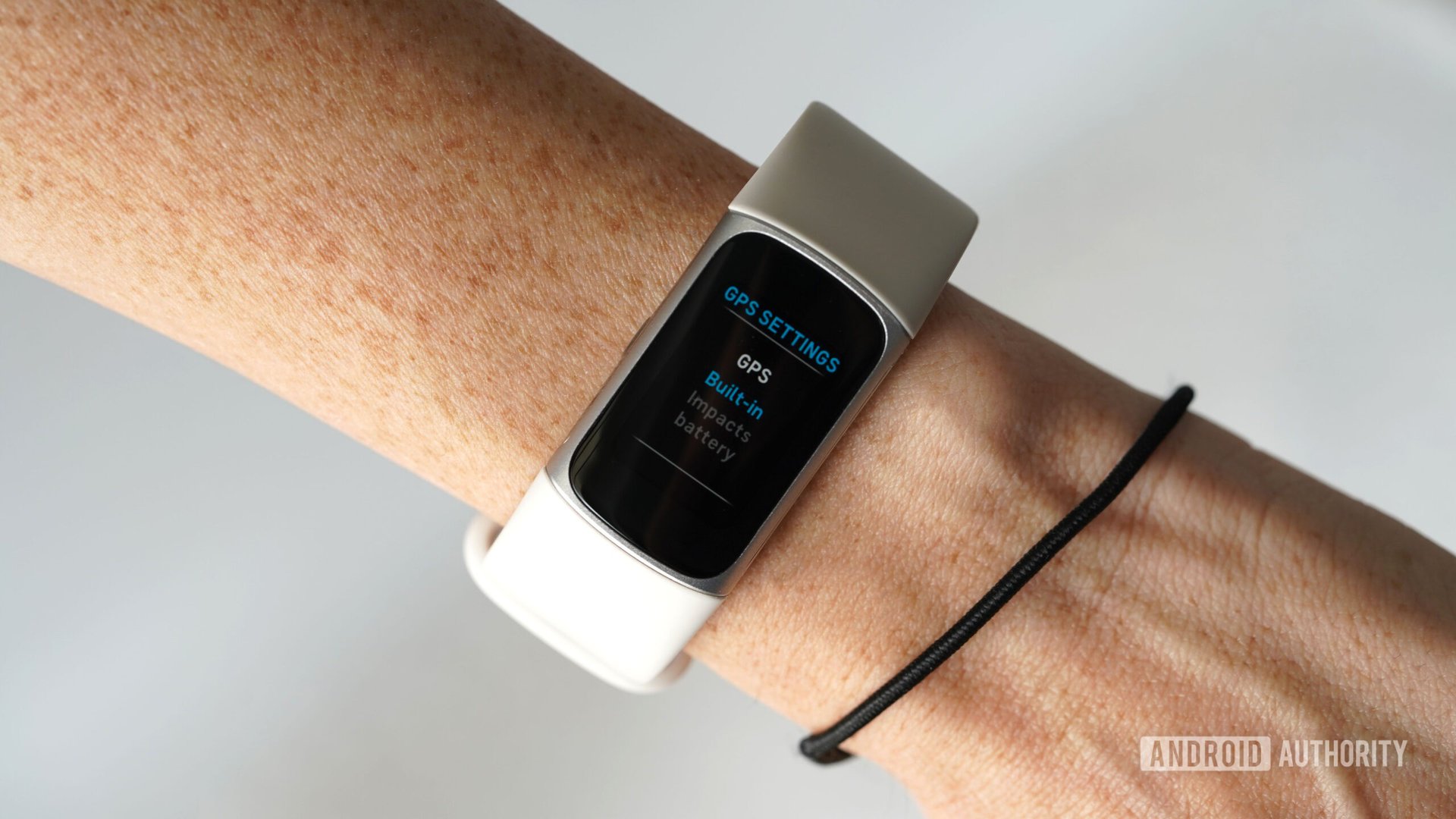
During my review period, GPS accuracy was the biggest disappointment of the Fitbit Charge 6. Built-in GPS is a major selling point for any device, but it’s only as useful as it is accurate. Unfortunately, that logic made it pretty useless on the latest Charge.
After some digging, I learned the fault lies with the placement of the Charge 6’s GPS antenna. If you wear the band tight enough to garner accurate heart rate data during workouts, the GPS signal is completely blocked. If you loosen the band to allow GPS to lock on, heart rate data suffers considerably. These metrics are key to activity tracking and need to be fixed before I personally would recommend the lineup to anyone interested in a workout companion.
This shortcoming certainly eliminates the Charge 6 as a viable choice for serious athletes. My number one hope for the Charge 7 is that it addresses the issue successfully and offers both reliable GPS tracking and accurate heart rate monitoring.
The return of an altimeter
When Fitbit launched the Charge 5, the device dropped the altimeter previously found on the Charge 4. Despite some user complaints, the sensor did not make a reappearance on the Charge 6. An altimeter is most commonly used for stair tracking and for counting floors, both of which are popular stats for casual activity trackers. Though not a deal breaker, I would like to see this sensor returned to the lineup.
A slightly larger display
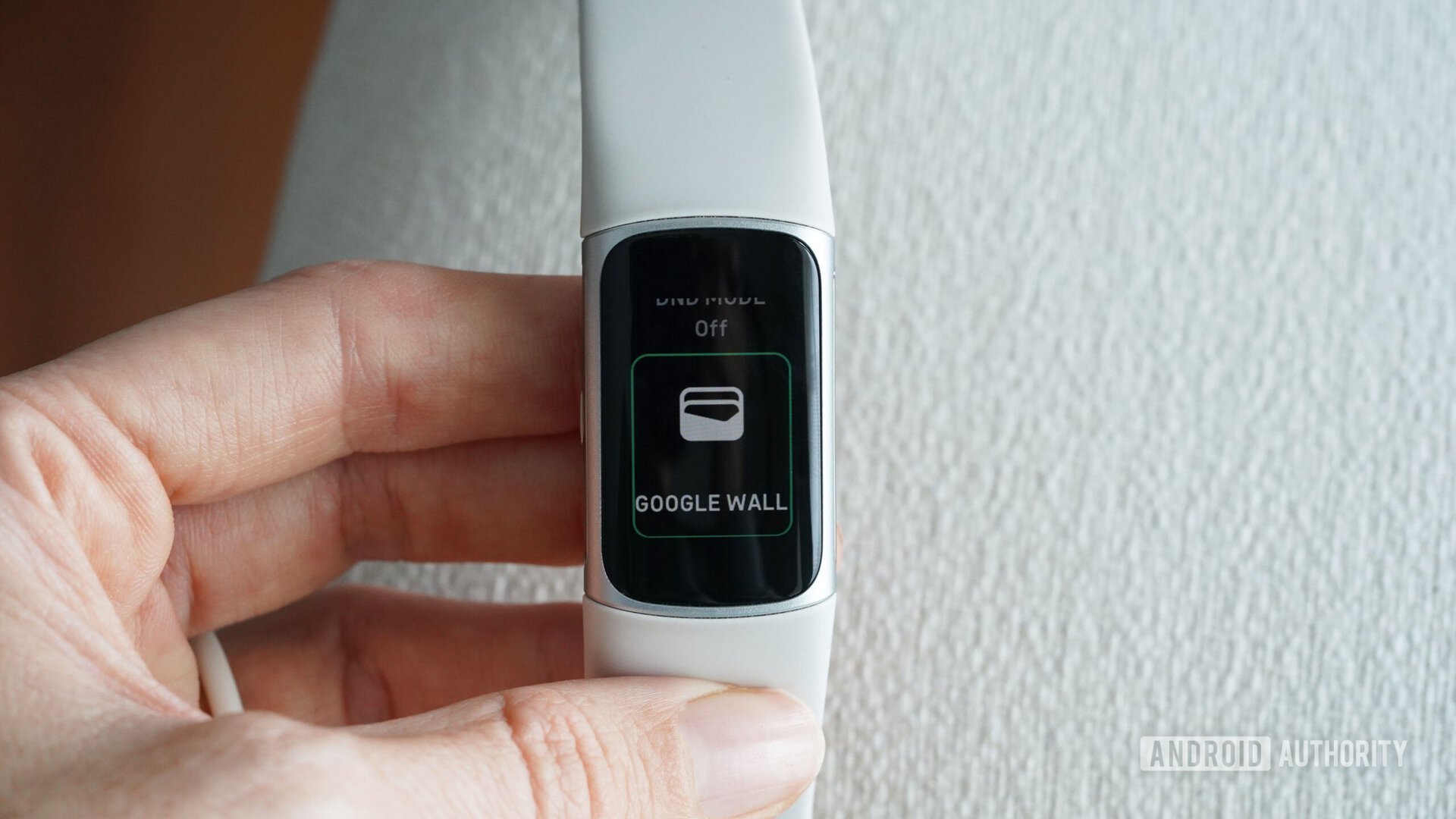
The Fitbit Charge 6 was the first tracker to truly demonstrate a combined Fitbit/Google experience. In addition to the best of Fitbit’s ecosystem, the device offers access to turn-by-turn directions, YouTube Music controls, and Google Wallet support. These features are great additions to the user experience. However, they also call attention to the device’s display size.
I would like to see the Fitbit Charge 7 introduce a small bump in display size to accommodate the added smart features. I don’t want this lineup to go full-blown smartwatch, but I think a slight increase would help make these popular tools even more user-friendly. Given its rectangular shape, it would still be easy to distinguish the tracker from the Google Pixel Watch line.
I was also pleased to see Fitbit restore a side button to the Charge 6 after removing it from the Charge 5. I hope that change is maintained going forward, as it greatly improved on-device navigation.
A universal charger (or at least a USB-C charging cable)
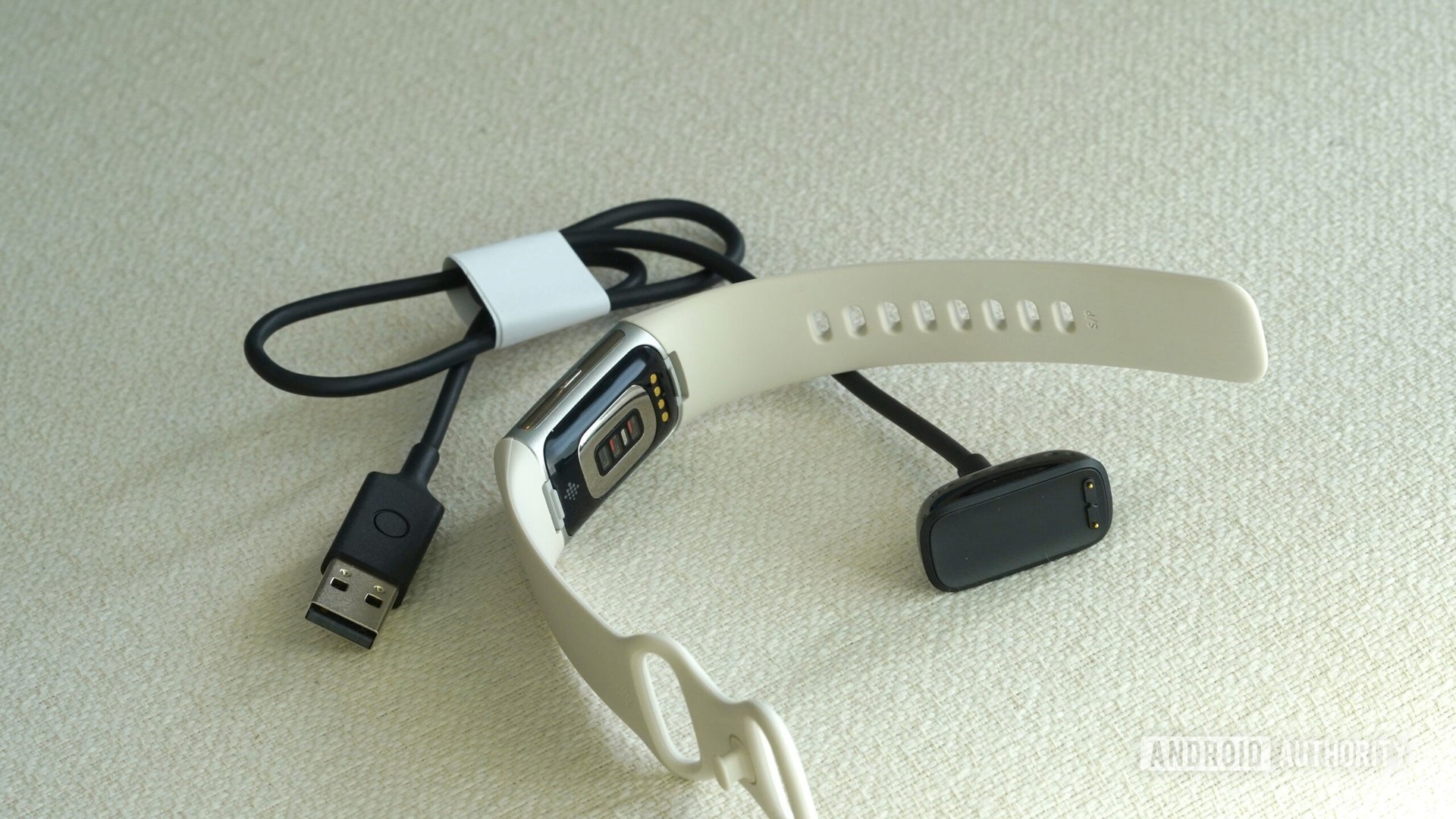
I loathe proprietary chargers if for no other reason than the selfish one that I have way too many cables to deal with as a wearables reviewer. I would love to see the Fitbit Charge 7 break the mold and power up using a universal charger. If that’s off the table, I hope Fitbit will at least upgrade the current cable to a USB-C plug like the Pixel Watch, Pixel Watch 2, and Pxiel Watch 3.
Even better battery life
The Fitbit Charge 6 boasts seven days of battery life in gesture-only mode and I was able to eke out about three days of use in always-on mode. These stats are commendable, especially on a device with a sizeable display and tons of features. On the other hand, the power race is constant and long battery life is one of the most important features distinguishing the tracker from its smartwatch stablemates. Given that a handful of Wear OS watches are pushing the envelope in this regard, Fitbit can’t rest on its laurels. I would like the Charge 7 to stretch battery life further than its predecessor to offer users an even more convenient experience.
Fitbit Charge 7: What feature would you like to see?
Will there be a Fitbit Charge 7?
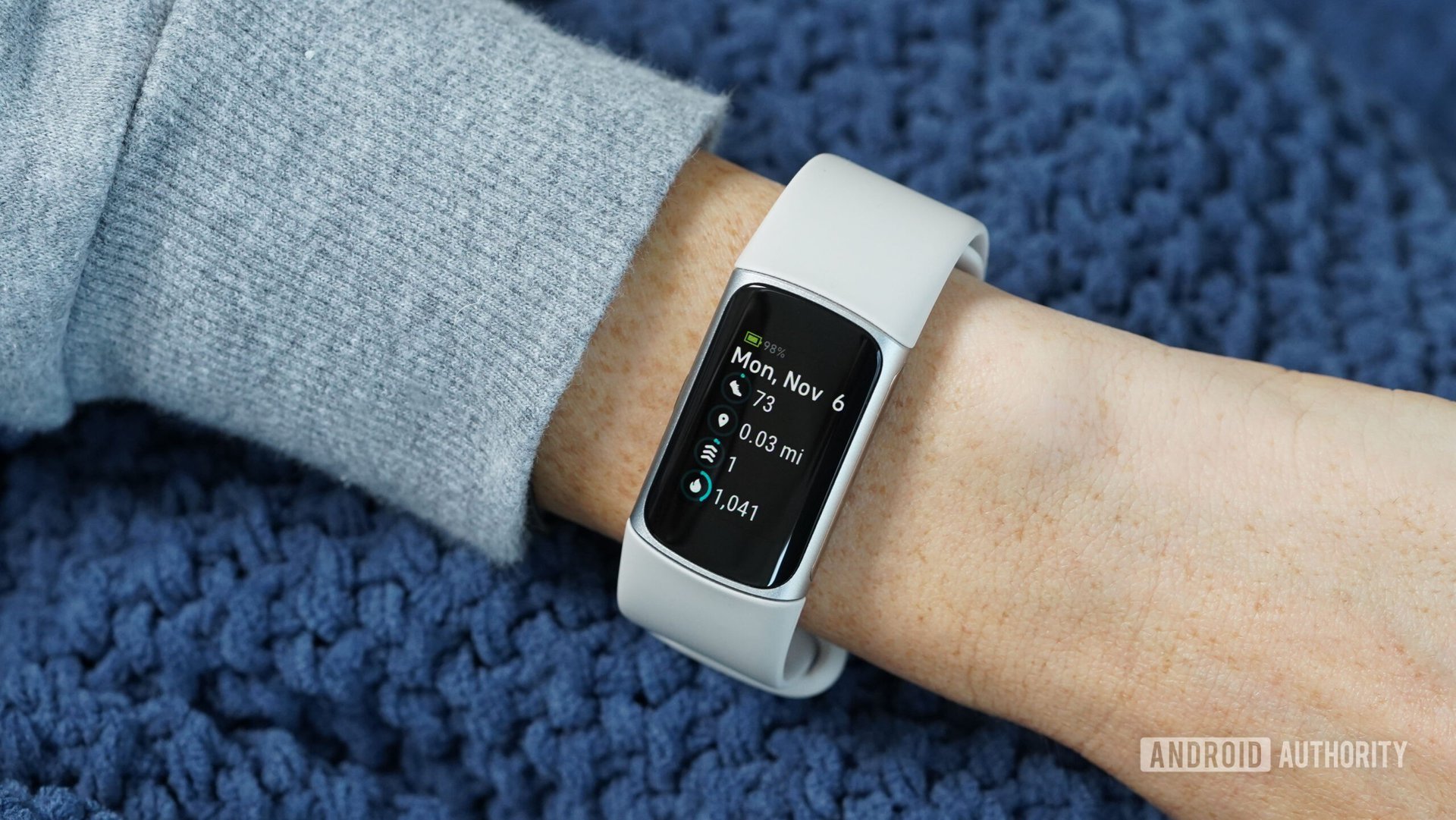
I would be very surprised to see Fitbit drop its Charge lineup. On the contrary, the tracker form factor remains the company’s bread and butter, while its smartwatch lines are overshadowed by Google’s Pixel Watch line. Despite the lack of rumors so far, I expect a Fitbit Charge 7 to land; it’s just a matter of when.
- Fitbit Charge — October 2014
- Fitbit Charge 2 — Septmeber 2016
- Fitbit Charge 3 — October 2018
- Fitbit Charge 4 — March 2020
- Fitbit Charge 5 — September 2021
- Fitbit Charge 6 — September 2023
Unfortunately, the Fitbit Charge line’s launch schedule isn’t the easiest to predict. In some cases, Fitbit waited nearly two years to release a new generation. Meanwhile, the current model landed almost exactly 12 months after its predecessor. This creates a wide range of possibilities. So far, we’ve yet to hear any definitive leaks or rumors about the upcoming device. I’ll keep this hub updated as we hear more.
Should you wait for the Fitbit Charge 7?
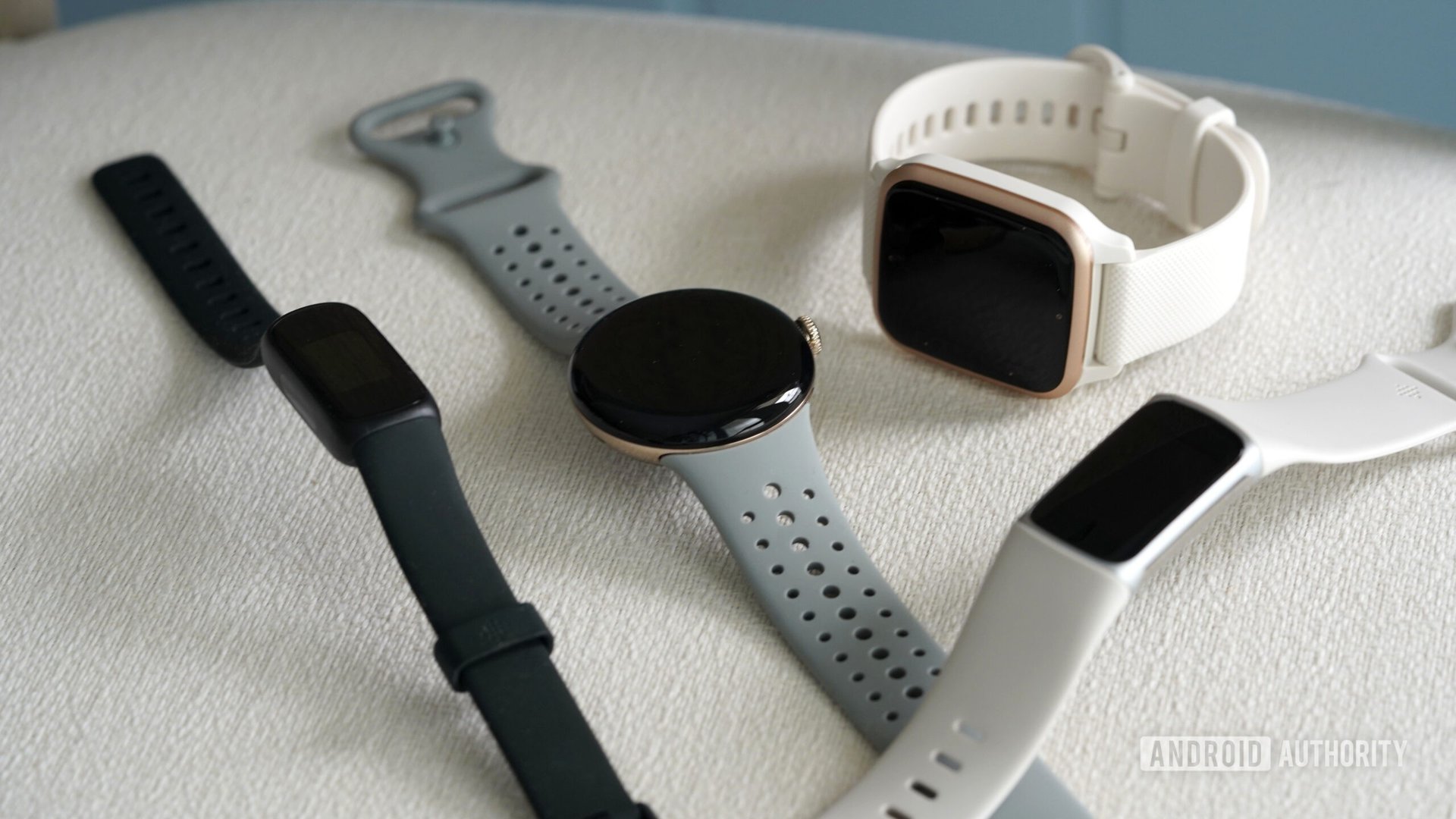
Without any viable rumors to suggest when we might see the Fitbit Charge 7, I don’t recommend waiting for the tracker. You’re much better off shopping for an alternative and getting your fitness journey started. For casual tracking, the Fitbit Charge 6 ($159.95 at Amazon) is a solid device with plenty of impressive smart features. As mentioned, its GPS/heart rate accuracy makes it a less attractive pick for serious athletes. If you’re looking for a powerful fitness companion at an entry-level price, Garmin’s Venu SQ 2 ($249.99 at Amazon) is a great alternative, though you won’t find Google tools on board.
For those, you’ll need to fork over a little more and grab a Google Pixel Watch 3 ($349.99 at Amazon). It’s much pricier than the Charge lineup but boasts a more robust smartwatch experience. In the opposite direction, budget-wise, Fitbit’s Inspire 3 ($99.95 at Amazon) is also a powerful tracker offering many of the best health and fitness monitoring tools of the brand’s ecosystem. It does not offer built-in GPS or NFC support, but it rings up at under $100.
Thank you for being part of our community. Read our Comment Policy before posting.